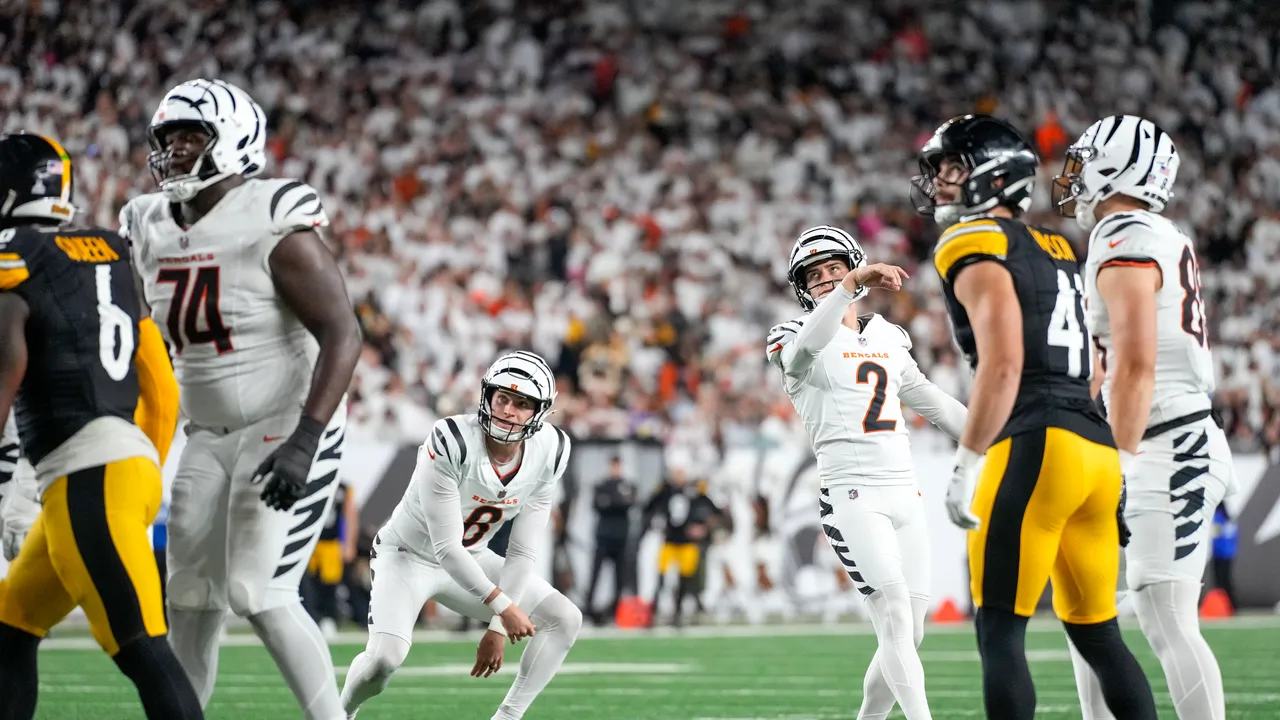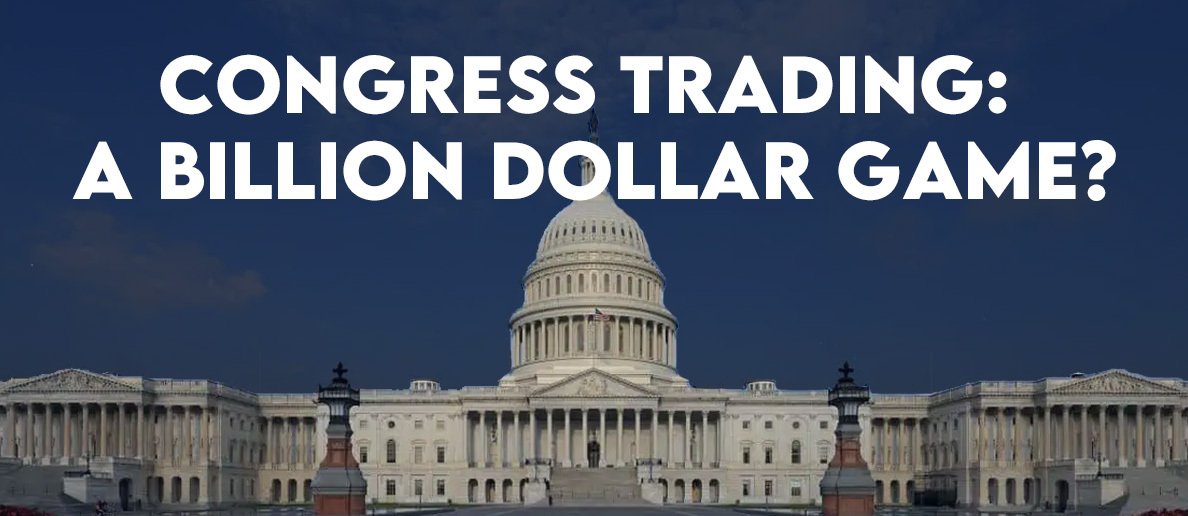How to stay at the top of your game with Esports training
Esports training Professional esports have exploded into a global phenomenon, with stadiums packed, prize pools of millions, and celebrities as players. The world behind the flashing lights and exciting victories is a world of intense devotion, strategic planning and grueling practices. It is a common misconception that professional gamers play video games non-stop. Reality is much more complex. Professional esports players follow rigorous training regimens comparable to those of traditional athletes. Their success is not based solely on talent but also on discipline, strategy and holistic wellbeing. This article is covered by zainblogs.com. The Foundation: Structured practice and Scrimmages The core of esports pros’ training is playing the game. This is not the unstructured, casual play that many people are used to. Professional practice is intense, focused, and deliberate. It’s about quality, not just quantity. Individual Skill Development Individual players spend countless hours perfecting their skills before forming a team. It is called solo queue or “grinding”, where players compete against each other in the public matchmaking system. For a professional, however, this isn’t just mindless game play. They concentrate on certain mechanics. The individual practice helps to develop the deep game sense and muscle memory needed to compete at a high level. This is the same as a basketballer practicing their free throws, or a golfer improving their swing. Scrims (Team-Based Scrams) Team scrimmages are the most important part of Esports training preparation. Scrims are organized matches between professional teams or high-level amateurs. These aren’t casual games. They are played at the same level of intensity as a match in a tournament. The typical day of a professional team includes multiple scrims lasting between two and three hours. A team may play a series of “best-of-three” against an opponent, then take a short break to analyze, before playing another series with a different opponent. They can test their strategies on a wide range of playstyles. Scrums are a great way to improve teamwork, communication and execution. Teams will practice set plays, rotations of maps, and goal control. Communication is essential, as players are constantly relaying information on enemy positions, cooldowns and intentions. Top-tier teams communicate with such efficiency, it can seem like they are speaking a different language. They use established terminology and concise callouts. Beyond the Game: VOD Review and Analysis After the game, what separates great teams from good ones is usually what happens afterwards. Video on Demand (VOD) is an important part of professional esports. The team will watch the recordings of official matches and scrims with their coach. This is a critical, in-depth analysis of the performance. Every team fight, decision and mistake is broken down. These sessions are led by coaches who point out communication problems, positional mistakes, and missed opportunities. It is not about pointing fingers, but identifying weaknesses and developing solutions. Analysts are crucial in this regard. Analysts analyze data, identify new strategies, or “metas”, within the game, and track opponents’ tendencies. An analyst for a might create a detailed report about an opponent’s favourite hero drafts or common warding pattern. This analytical approach allows for teams to develop specific counter-strategies, and then adapt them on the fly. Astralis, a team that played counter-strike, became renowned not only for their skill in the game, but also for their innovative use of data. Modern Esports training Athletes: Mental and physical fitness Professionals are shedding the stereotype of the unhealthy gaming addict who lives on junk food and energy drinks. Now, teams and organizations understand that peak performance can be holistic. The physical and mental health of an athlete directly affects their game abilities, such as reaction time, concentration, and decision making under pressure. Exercise for Physical Fitness Sitting 8-10 hours per day can be very harmful to the body. Professional players can suffer from repetitive strain injuries in their hands and wrists, as well back and neck pain. Modern Esports training organisations incorporate physical fitness in their training schedules to combat this. Mental Fortitude and Health Esports pros are under immense mental pressure. The stakes are high for Esports training professionals. They compete in front of millions, and their careers and prize money could be at risk. Fans and critics are scrutinized because a single mistake could cost the team the game. Burnout, anxiety and performance slumps can be common problems. Mental health support is now a top priority to combat this. Many top-tier sports teams hire sports psychologists to help their players. These professionals use various techniques to help players build mental resilience. Faker, the legendary League of Legends HTML1 player, is often cited as having incredible mental calmness. It’s not just a natural talent, but years of practice and mental discipline that have helped him remain calm in high-stakes situations. The Importance Of Routine And Balance Professional teams recognize that while training can be intense, it is also important to maintain a healthy lifestyle and rest. Overworked players cannot give their best. The daily schedule of a pro is very structured in order to maximize performance and avoid burnout. A typical day could look like this: This routine gives players structure, and allows them to focus on all aspects, from their individual mechanics and team strategy, as well as incorporating physical activity and downtime. This balance is essential for long-term sustainability in a competitive field. A New Breed of Athlete A professional Esports training athlete lives a life of discipline and dedication. It’s not only about playing video games, but also a commitment to continuous improvement. These players are pushing the limits of human performance on the digital field through structured practice, strategic analysis and an increasing emphasis on mental and physical well-being. These athletes are a brand new breed, combining the mental toughness and physical conditioning that traditional sports champions possess with lightning-fast reactions and complex problem solving. The Esports training sector will continue to grow, and so will the training methods used by its best players. Remember that when you next watch a professional game, the amazing plays you see were the result of countless, unseen hours of disciplined work. FAQs 1. How many hours a day do esports pros train?Professional players train 8 to 12 hour a day for 5 to 6 days per week. This time isn’t just spent playing. The schedule is structured and … Read more









